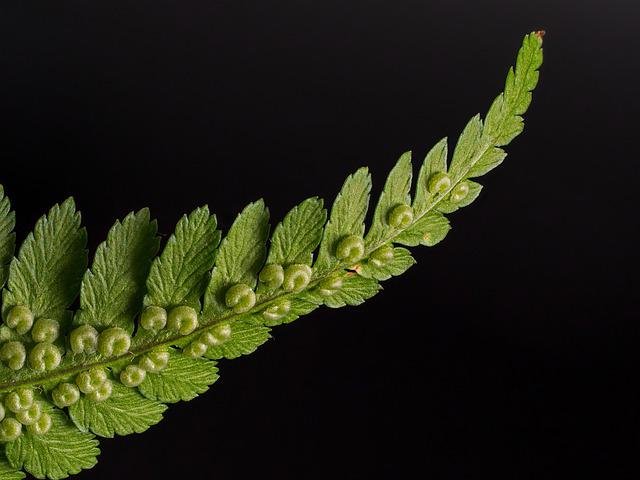
Let’s discover all the properties of the fern, both therapeutic and curative, a true plant of health, which reserves many surprises for those who have the patience to discover it.
Description
Fern: Dryopteris filix-mas, commonly known as ‘fern’, is a perennial plant of the Dryopteraceae family, very common in chestnut, beech or oak woods.
This plant prefers shade and humid soils and in ideal conditions it can grow luxuriantly in bushes up to 1 meter in height.
Its botanical name derives from the Greek words ‘drys’, which means ‘oak’ and ‘pteris’ which means ‘fern’, a name coined to indicate that characteristic plant variety that the ancient Greeks already noticed growing at the base of large oaks.
Here it grows spontaneously in this video shot in a wonderful wood in the Val di Mello nature reserve, in Valtellina.
Properties of the fern: the history
Ferns are known to be among the most ancient plants on the planet, which is why they are cataloged to all intents and purposes as ‘prehistoric’ plants. Ferns are in fact considered the first terrestrial plants capable of developing a vascular system for the transport of fluids.
Thanks to this characteristic they have managed to propagate much more than the mosses and lichens with which, millions of years ago, they shared a large part of the earth’s surface.
There are numerous traditions and legends related to ferns.
Once, in fact, they were collected on the night of the summer solstice and placed in a jar full of coins to ensure prosperity and wealth for the family or community.
Even today, keeping a fern plant indoors is considered a good omen and a symbol of prosperity and fertility.
Properties of the fern: therapeutic and curative
In addition to being a decorative plant widely used to brighten flower beds, balconies or interiors, the fern is also rich in beneficial virtues that make it a curative plant for a wide range of ailments and ailments.
Among its most pronounced properties we remember those digestive, expectorant and antirheumatic.
The ferns, in fact, are rich in tannins, resins and mannite, active ingredients very useful in the treatment of common ailments such as phlegm, cough, bronchitis, flu, tired liver and ailments related to poor digestion.
In case of nausea or abdominal pain, an unsweetened herbal tea made from sweet fern could be a lifesaver.
Drinking two or three cups a day of fern tea, perhaps sweetened with a teaspoon of honey, can help soothe sore throats, colds and respiratory congestion.
Properties of the fern: excellent for purifying the air of the house

Precious in phytotherapy for its many properties, the fern is an indispensable plant in the home or office to purify the air.
Fern, in fact, is the plant capable of removing formaldehyde more than any other by filtering it into the air at a rate of 20 micrograms per hour: truly amazing!






